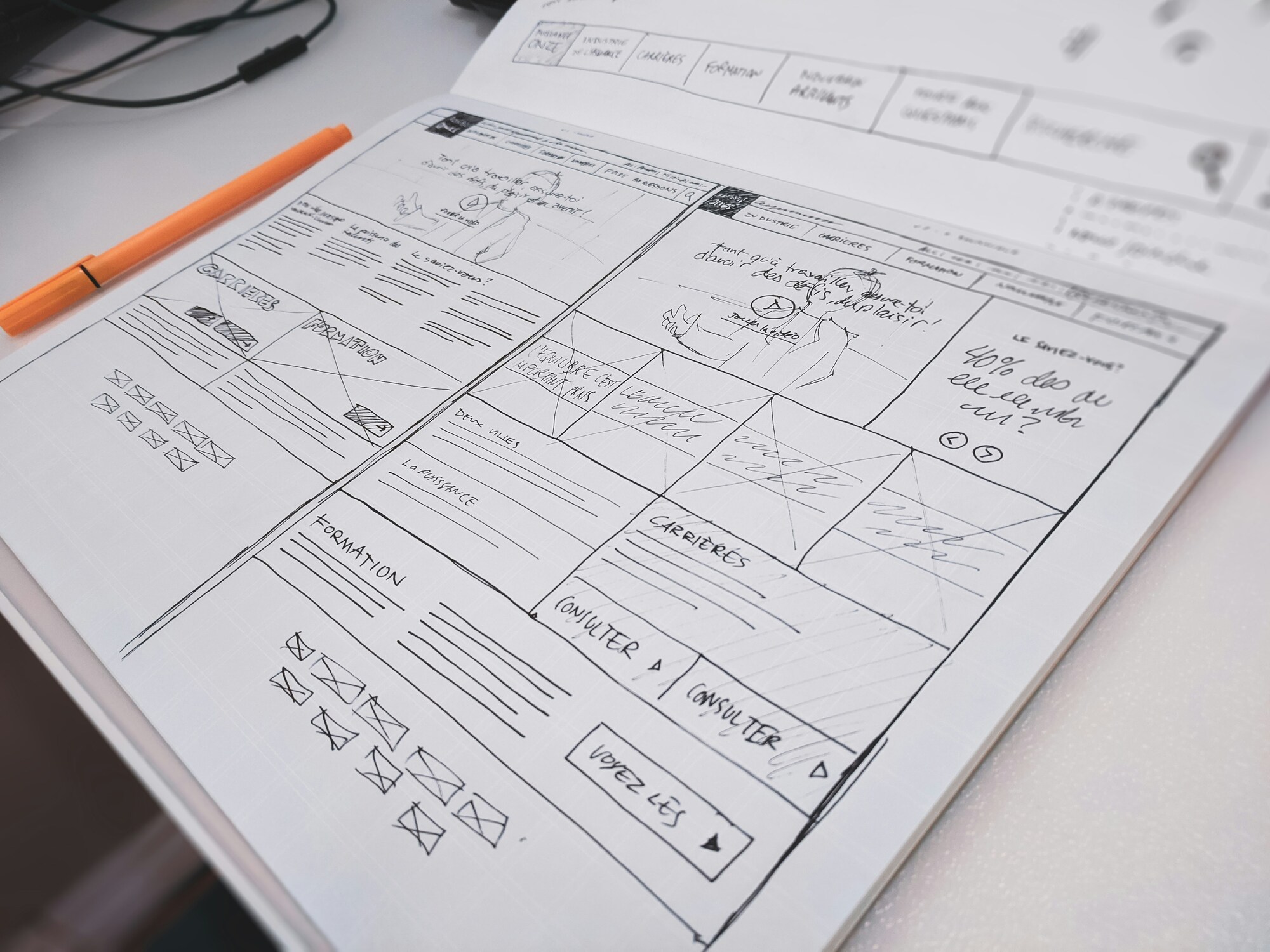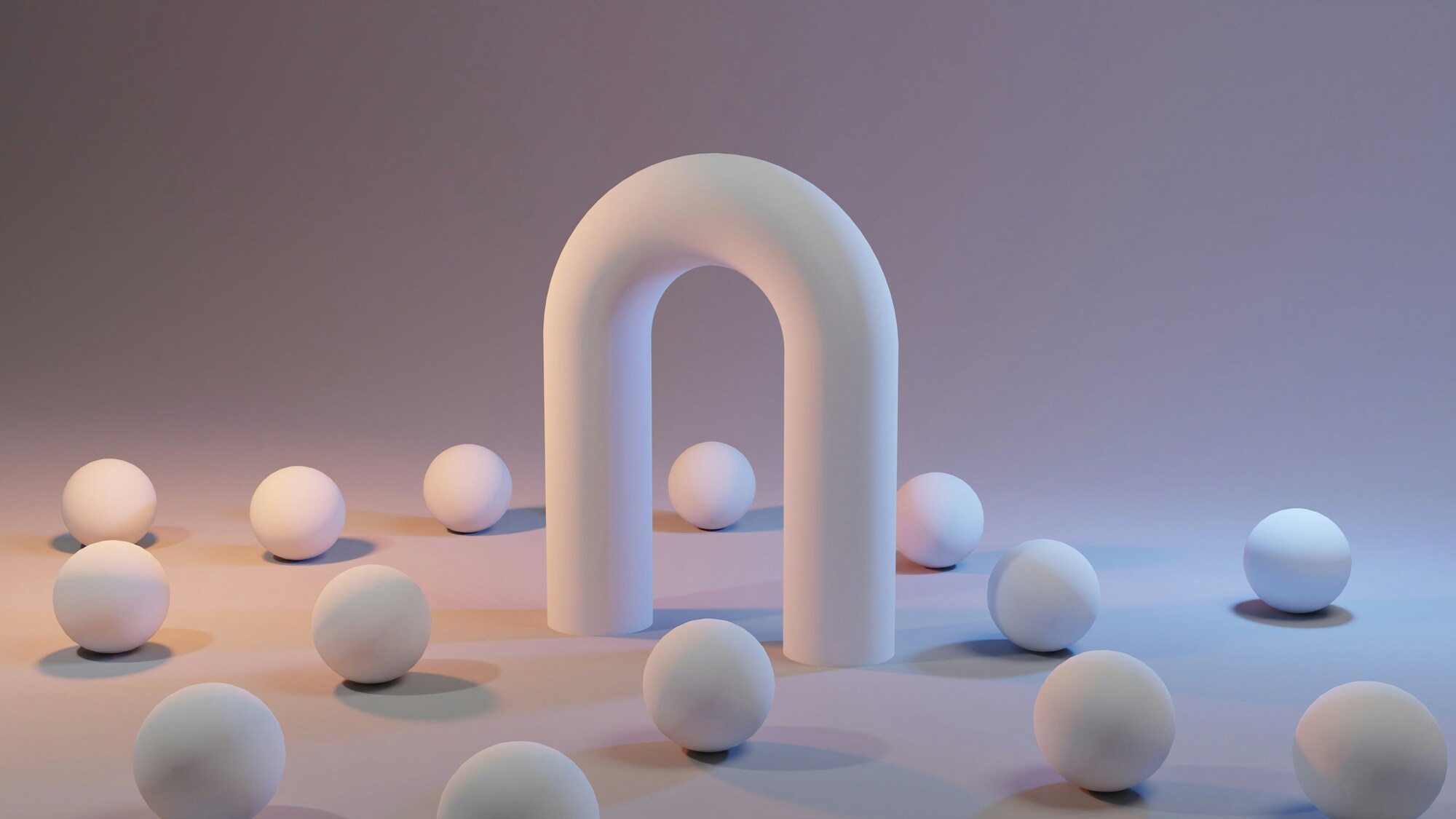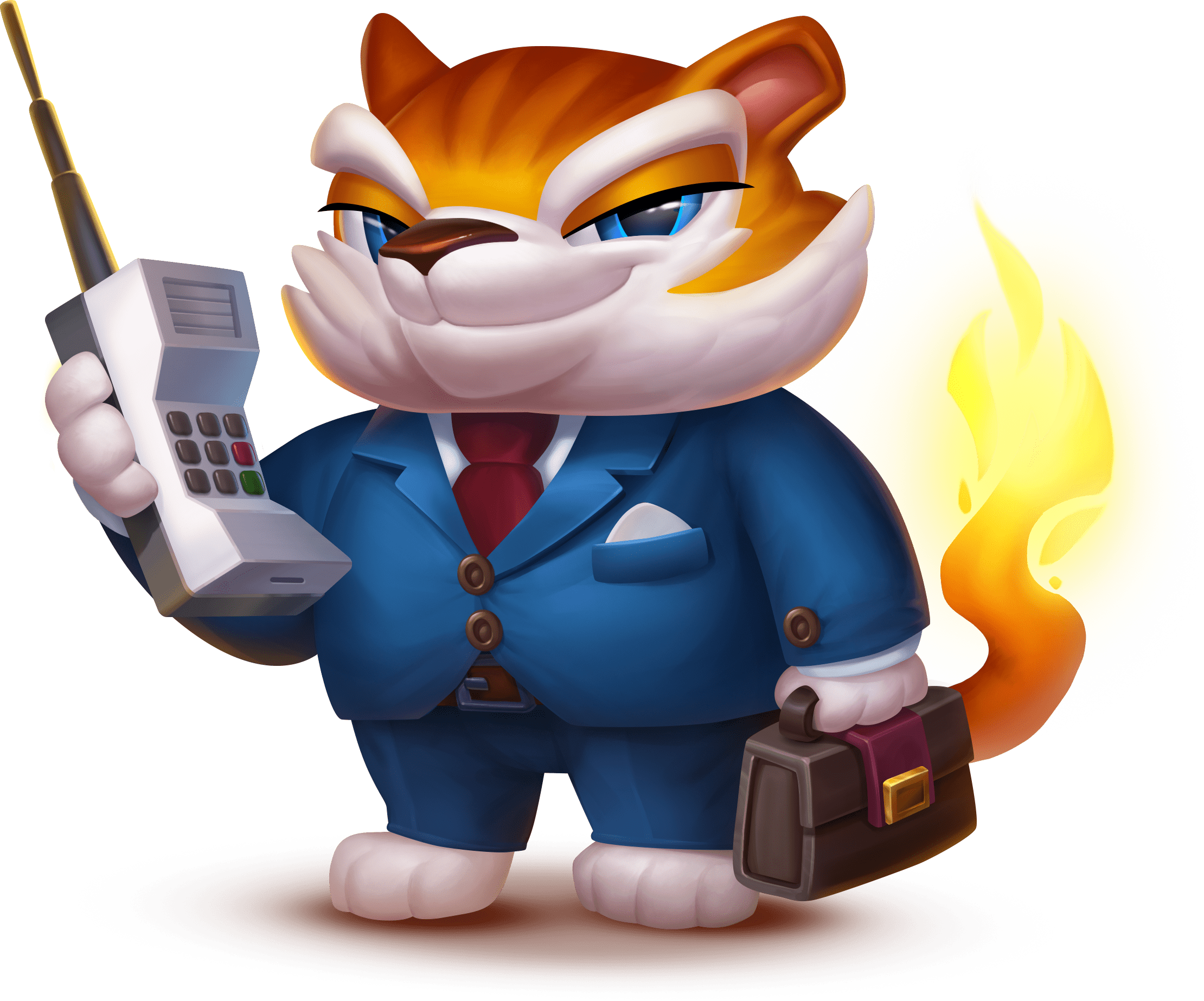In professional animation studios, the animation production pipeline is a structured workflow that comprises pre-production, production, and post-production stages. Pre-production involves essential steps like idea generation, story creation, scriptwriting, storyboarding, animatics, and design. Among these, the Animation Storyboard is a crucial step where the script is visually translated for further development, serving as the first visual representation of the script.
Fundamentals of Animation Storyboarding
Definition
A storyboard is a series of drawings based on the script, serving as a visual guide throughout the animation production pipeline.
Contents of a Standard Storyboard
The sequence of scenes to narrate the story. Visual and auditory elements that the viewer will experience on-screen. Technical information for each scene, including early ideas for camera staging, transitions, visual effects, audio notes, and key character poses or events.
Importance
A fully developed storyboard is an essential tool for the entire team to understand the look and feel of the final animation. It ties together all subsequent production steps, especially in larger productions like feature films.
Evolution of Storyboarding
Storyboards, as known today, evolved from “story sketches” created at Walt Disney studios in the early 1930s. Animator Webb Smith is credited with the idea, using separate sheets of paper pinned to a bulletin board to tell a story in sequence. By 1938, all American animation studios adopted storyboarding, and it later became standard in live-action film production.
Sinspired Studio Approach
Sinspired Studio employs storyboarding as a fundamental step in its animation production process. The studio recognizes the significance of a fully realized storyboard to guide the team through subsequent production stages. A well-developed storyboard includes key elements like camera staging, transitions, visual effects concepts, audio notes, and character poses or events.
How to Make a Storyboard for Animation
In the realm of 3D animation, two primary approaches exist for storyboarding:
- Writing a full script.
- Creating storyboards directly from the idea or story.
While older animation practices involved creating storyboards without a script, this approach is not recommended for 3D animation due to the complexity and resources involved. Larger productions and teams benefit from a well-structured script before proceeding to storyboarding. Smaller productions or teams with limited resources may choose to bypass scriptwriting and directly engage in storyboarding.
Storyboarding Process: 3 Stages
- Planning:Evaluate storyboard specifics against available resources. Set a schedule and deadline.
- Production:Storyboard artists create visual representations based on planning.
- Revision:Version storyboards for meaningful tracking. Retain previous versions and drafts for reference.
What Should a 3D Animation Storyboard Look Like?
- Storyboards can range from basic sketches to fully developed depictions created by a team using digital tools.
- The level of detail depends on the project’s size and complexity.
- Details such as coloring might be decided based on project needs.
- Panels, titles, captions, and labeled elements convey major elements like camera moves, actions, dialogues, and staging.
- Common structures include a 6-panel single-page template with scene and shot numbers, and boxes for dialogues, actions, and staging.
Importance of Labeling Storyboards
Correct labeling organizes project material and facilitates tracking. Unique IDs for each panel are crucial for organization. Most storyboard software assists in managing panel numbers.
Why Labeling Is Important
Proper labeling maintains organization and ease of tracking within the project. Unique IDs for each panel help in managing and referencing storyboard elements.
Why Animators Use Storyboards
Storyboards can be a way to develop and write a story. Some animators use storyboards as a script, believing it to be a fast and effective method. However, this approach is not recommended by Studios.
Conclusion
Storyboarding is a powerful tool in bridging the gap between the script and the final 3D animation. It plays a crucial role in the pre-production stage, facilitating knowledge sharing, avoiding flaws, and ensuring a smooth production process. Storyboards should contain information on the sequence of scenes, elements on-screen, and technical details for each scene. The choices regarding the storyboard format and level of detail can vary, but the essential purpose remains to convey the visual representation of the script effectively.


